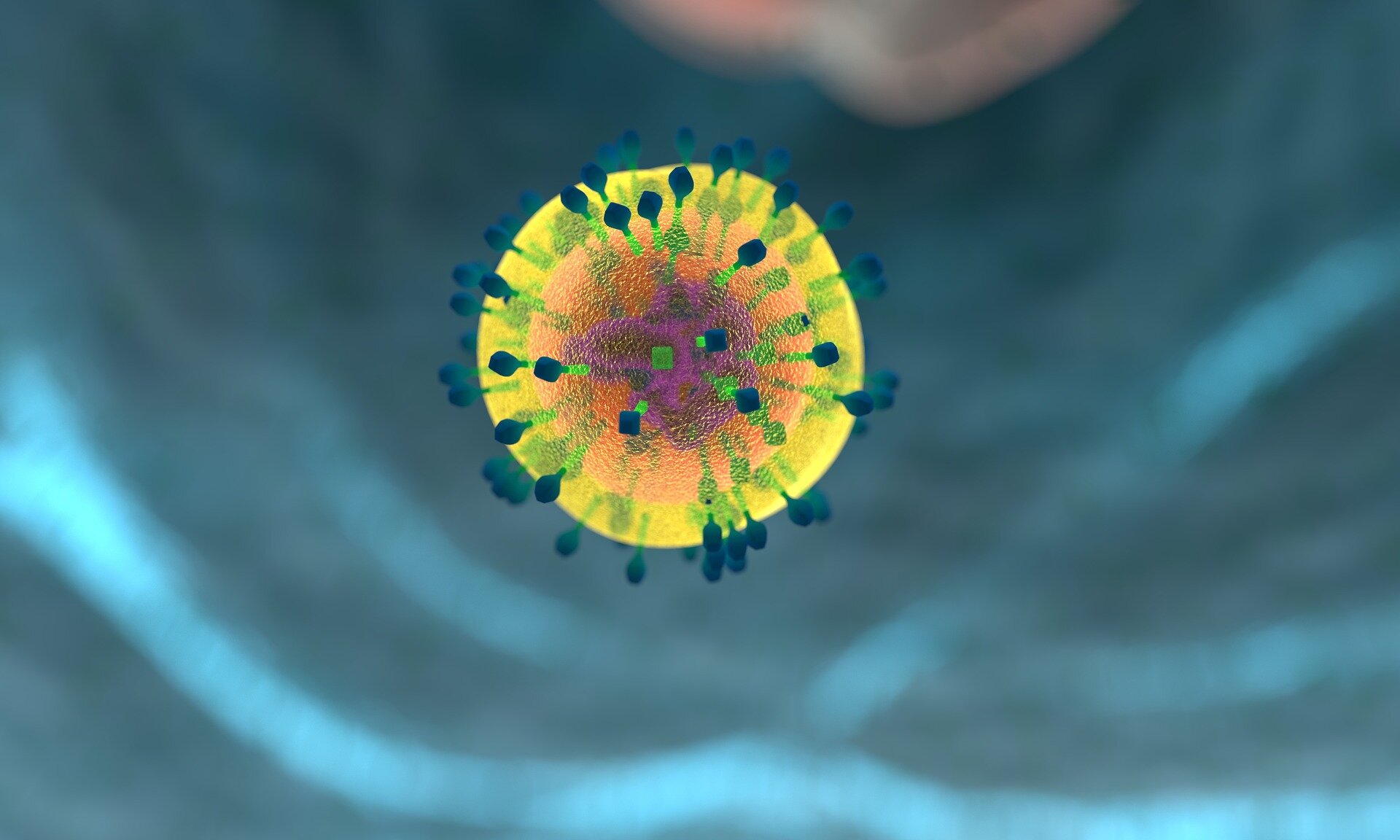Officers from Colorado—the newest state affected by H5N1 avian flu in dairy cows—offered updates on their investigations and measures to trace the unfold of the virus, noting that the supply of the virus within the affected herd nonetheless is not clear.
In different developments, the US Division of Agriculture (USDA) Animal and Plant Well being Inspection Service (APHIS) reported extra detections in different mammals from two states and researchers shed new gentle on infectivity in pigs from a pressure that contaminated Spanish minks.
Colorado officers piece collectively cattle puzzle
At a public city corridor on Zoom immediately, veterinary and public well being officers from Colorado immediately detailed the background of H5N1 findings within the state since 2022, described the state’s response to current detections, and fielded questions from the general public.
On April 26, the USDA reported the primary detection in a Colorado herd, which raised the variety of affected states to 9. The subsequent day, the Colorado Division of Agriculture stated the affected dairy cows have been situated within the northeastern a part of the state. The state veterinarian’s workplace acquired a notification on April 22 a few herd with scientific indicators per extremely pathogenic avian flu in cattle.
Samples submitted to the Colorado State College Veterinary Diagnostic Laboratory examined presumptive constructive on April 24 and have been confirmed by the USDA’s Nationwide Veterinary Providers Laboratory the next day.
On Might 1, Colorado’s agricultural fee and the CDA agriculture commissioner authorized an emergency rule to restrict the unfold of the virus. Colorado has 106 dairies and about 200,000 dairy cows.
At immediately’s city assembly, Maggie Baldwin, DVM, Colorado’s state veterinarian, stated investigators are nonetheless assessing how the Colorado cows have been uncovered to the virus. “We’re nonetheless placing the puzzle items collectively.”
We’re nonetheless placing the puzzle items collectively.
She added that whole-genome sequencing will assist inform the story, including that the state’s farmers have been very useful. “The aim in getting a solution is stopping extra unfold,” she stated.
Baldwin stated there are nonetheless a number of unknowns, together with the size of the incubation interval in cattle, the mechanism of transmission, how lengthy the animals shed the virus, and whether or not H5N1 poses a threat to nonlactating cattle or different livestock species.
No signs in Colorado staff, no wastewater sign
Rachel Herlihy, MD, MPH, deputy chief medical officer and chief epidemiologist on the Colorado Division of Public Well being, stated the general threat to people stays low, nevertheless it relies on publicity. She stated about 70 farm staff have been monitored in Colorado, and none have had signs.
Relating to wastewater monitoring, she stated Colorado does have a pilot program and officers haven’t seen any total rise in flu markers over the previous few weeks.
USDA notes extra mammal infections
In different developments, APHIS reported a number of extra detections in different mammals. They embrace 5 crimson foxes with samples collected on April 24 from Ionia County, Michigan, an space the place H5N1 has been reported in dairy cows.
Additionally, the virus was present in two samples collected on April 21 and April 22 from a pair of opossums in Ionia County.
APHIS additionally reported the virus in a crimson fox from Onondaga County, New York.
Researchers gauge infectivity of earlier pressure in pigs
In analysis developments, a crew led by Kansas State College scientists yesterday reported that pigs are extremely vulnerable to the H5N1 clade 2.3.4.4b avian flu virus that struck mink farms in Spain in 2022.
The virus is totally different from the B3.13 genotype at the moment spreading in US dairy cows, nevertheless it raised issues as a result of there was clear proof of mink-to-mink transmission. Additionally, researchers fear that the virus is changing into extra tailored to mammals.
Writing in Rising Microbes and Infections, the group described its findings after experimentally infecting pigs with the mink virus. The pigs skilled pneumonia however shed restricted quantities of the virus and did not go the virus to contact pigs.
Sequencing discovered low frequencies of mammalian-like mutations PB2-E627K and HA-Q222L.







